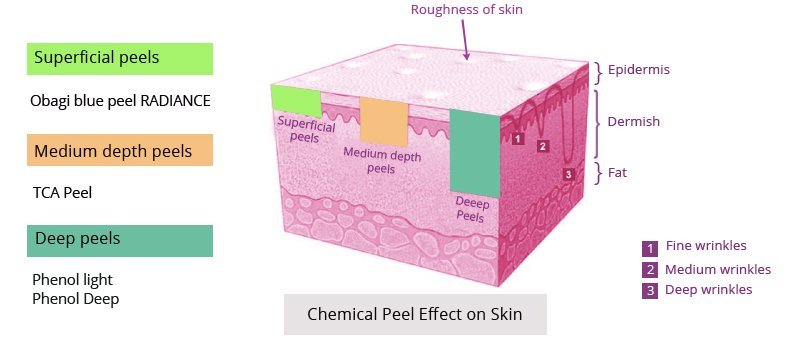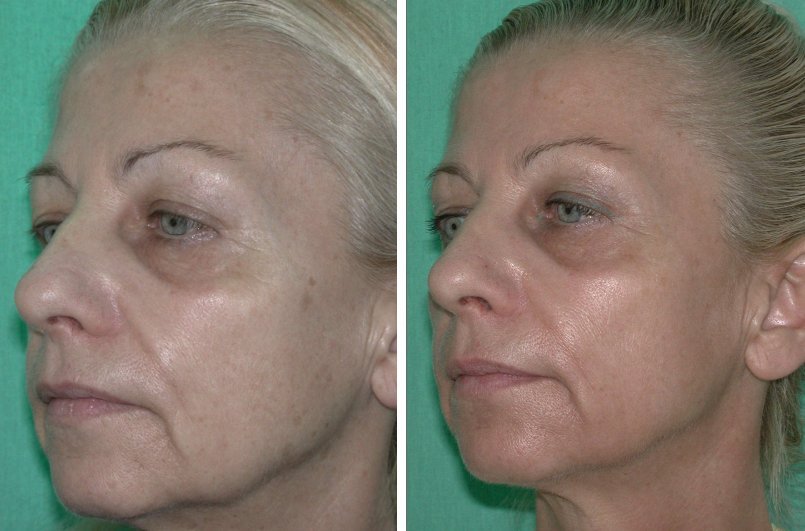Health and Beauty
Anti-Ageing: Skin Regeneration - Medium Peel
We continue our series on anti-ageing skin treatments and feature the benefits of having a medium chemical peel. We speak with Dr. Jean-Luc Vigneron, expert dermatologist, who explains the whole procedure.

A medium peel is a procedure that will improve and enhance the texture and look of the skin. It is beneficial to those who have sun-damaged skin, pigmentation, blemishes, scars and wrinkles. It is a non surgical procedure that removes the top layer of the skin. Unlike a light peel, the medium peel does require a down time period of between 7 and 14 days, depending on each individual. Although chemical peels are performed all year round, the autumn and winter is the recommended and ideal time to have this treatment as the sun is less strong.
Dermatologists have been performing chemical peels for more than 50 years, with an excellent safety record.
***
With every skin treatment and especially chemical peels The Riviera Woman recommends that you always consult a registered medical professional before considering any esthetic procedure. During a consultation the doctor will advice the best and suitable treatment for you.
***
Trichloracetic (TCA) acid is the common peeling agent used to perform a medium chemical peel and can be used too treat the face, neck area and other parts of the body.
On the day of the chemical peel treatment, the skin is cleansed and prepared for the application of the solution. Although not always necessary for a medium chemical peel, you might have the option of taking a sedative and a painkiller.
The doctor will apply the acid to the complete area of the face until a light frost appears. The TCA will penetrate the outer and middle layers of skin in order to remove damaged skin cells. The next application is to use cool compresses to soothe the skin. A handheld fan may also be used to cool the skin. The treatment lasts between 30 to 60 minutes.

In affect the skin undergoes symptoms as that caused by a second-degree burn. These include temporary redness, burning, stinging, tingling, skin sensitivity, and swelling. Peeling, light scabbing, sun sensitivity, and skin sensitivity/irritation often occur 1-10 days after the procedure. The doctor might apply a protective ointment, such as petroleum jelly, to soothe the area.
In the days that follow, the skin turns brown and as it begins to tighten, the surface of the skin wrinkles. The desquamation (peeling) process takes place from about the 4th day. The application of a grease based cream will prevent dehydration. It is imperative to stay out of the sun and once peeling has taken place, to prevent damage and discolouration, the use of sunblock factor 50 is recommended on a daily basis. When outdoors wearing a wide brimmed hat is advised.
Before Peel on the left and After Peel on the Right







